Photojournalism is the visual documentation of newsworthy events and subjects. Images snapped by Photojournalists illustrate what is taking place during an exact moment in time. Nothing speaks louder or captures an audience’s attention more than a photo that evokes emotion by telling a story on its own. Photojournalism means more than being in the right place at the right time.
- For Photojournalism, one needs to be Polite, Calm, Relentless, Fearless, Competitive, Fast & Decisive – A lone wolf orientation
- Stay motivated & inspired. Work on Project as it is your personal Project. When you wake up, consider yourself on assignment
- Develop your own style & vision, follow your own instincts while mastering the basics
- Be open in your mind & heart, build layers of thoughts & information for depth & understanding of image (Fore ground, Middle ground & Back ground)
- Dress appropriately, depending on the assignment. Ready to role up your sleeves/pant, if required
- Explain understating of your right to photography/record. Must Carry Government issued Identification & Press Identification, if working for an Media organization
- Keep shooting or have someone else to record the interaction. Pay attention to details in people & surroundings
- Comply with state/central rules & regulations while moving in public domain. Get yourself familiarized with local culture/ritual to be on the right side
- Tell visual stories through photos – a photo tells a thousand words and a “Picture shows something, a Photo tells a story”
- Find a right angle to make the point of view more interesting for the viewer – if you can’t move your subject, move yourself. Prefer to shoot from the hip level instead of straight. Visit location beforehand, if required
- Add human element/touch to the story
- Get closer to the Subject…. Reach out to the story… Achieve/develop a candid intimacy with the subject
- Make visual story horizontal to include more information – fill the top & bottom of the frame
- Anticipate & know your priorities before hand
- Important to know the behavior & use of your equipment’s, must carry sufficient power back up/batteries/memory cards
- Make relationship with fellow reporters/journalist colleagues to seek help in case of any emergency/eventuality /crises. Interact with them closely
- Know your Moments. Plan, & carry the relevant Photography Gears
- You can use DSLR Camera with Prime Lens & Standard Zoom Lens i.e. 50mm Prime or 18-55mm/18-135mm Zoom Lens. Keep your lenses clean
- Set the resolution as high as possible
- Keep the ISO range of 100 to 400
- Keep the Aperture range at f/8 to f/16 to get maximum depth of field/wider scene
- Keep the shutter speed range between 1/125th to 1/500th of second
- Use Tripod/Monopod to avoid camera shakes, if you have no choice than hold the camera firmly with solid grip
- Hold you Camera firmly with proper grip & secure your other equipment’s/gears as most of time you will be moving from place to place to cover a story. Carry the bare minimum equipment’s load with you
- Timing… you have to be flexible as nothing is in your hand/control. You have to go with the ‘moment of truth’… when it happens the things will move around quickly but once the event is captured, it is quite satisfying for you
- Shoot in RAW format to have more stuff at Post Processing Table
- Shoot in bright light with sun to your back & must shoot in lots to get the best.
- Use burst & continuous mode for important events, to get & select the best later
- Retain the right to your images, make copy right notice
- Don’t be obvious while shooting. Your presence can contaminate the situation, be careful. Photojournalism is daunting & challenging but quite interesting & rewarding as well. So pick up your gears & start practice photo journalism to create an interesting & positive Story
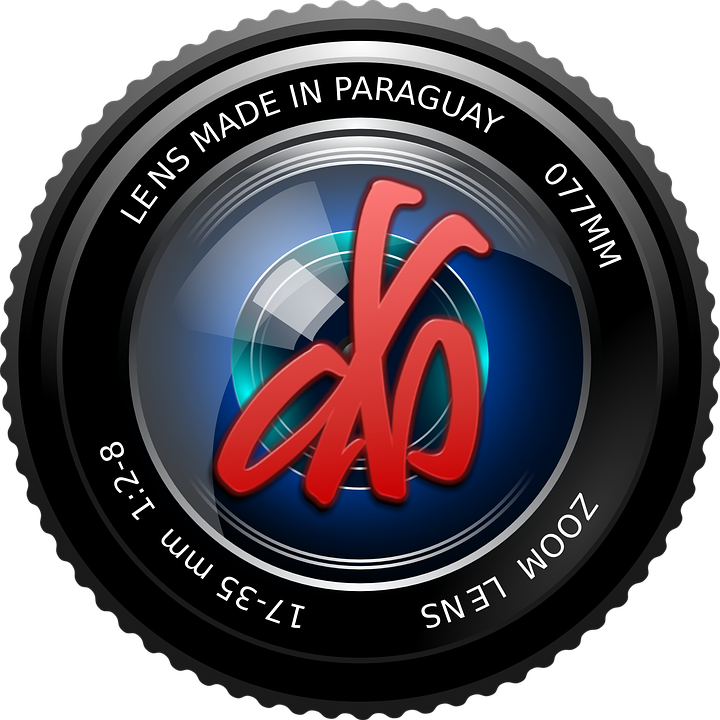
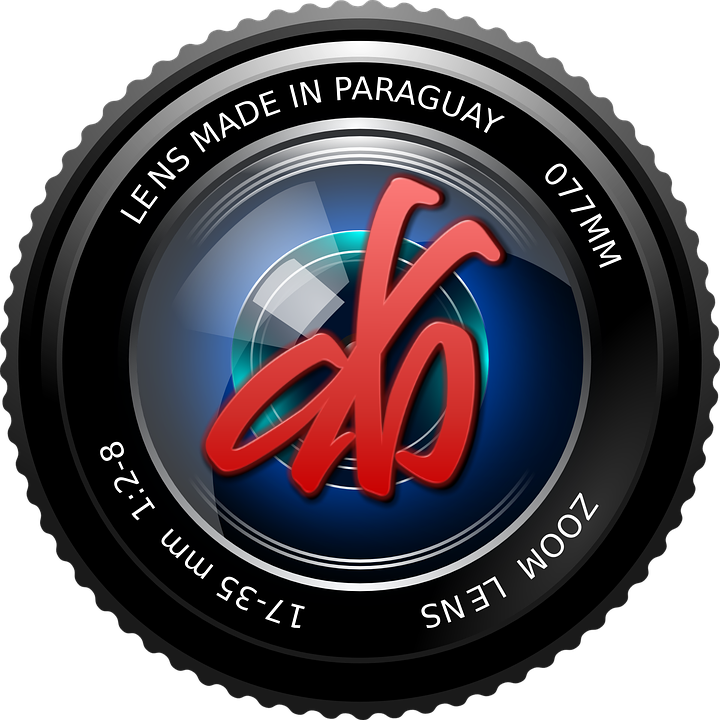
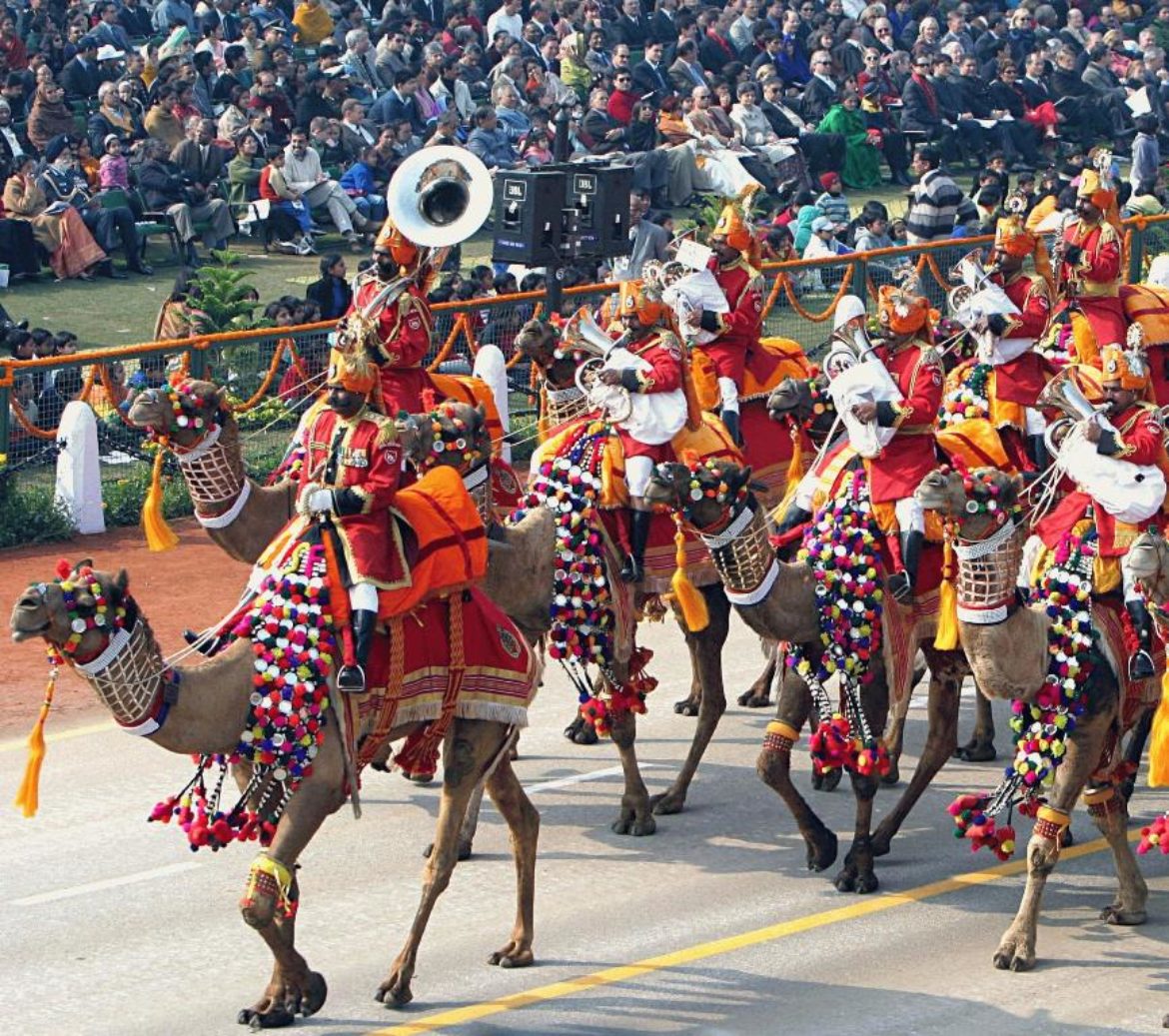
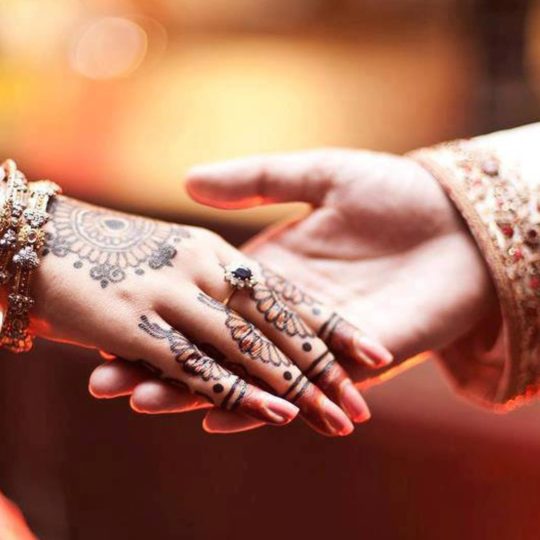
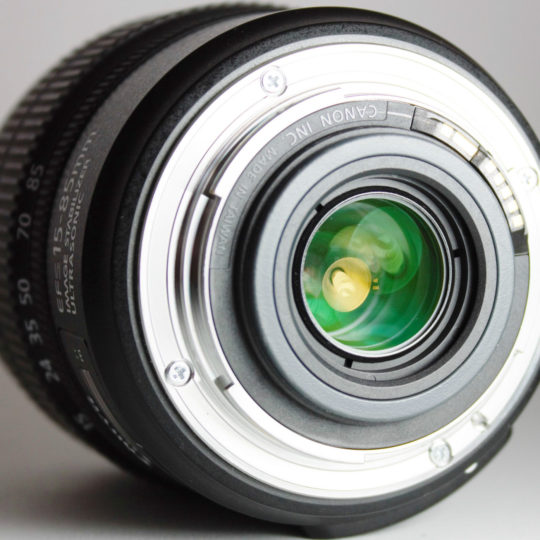
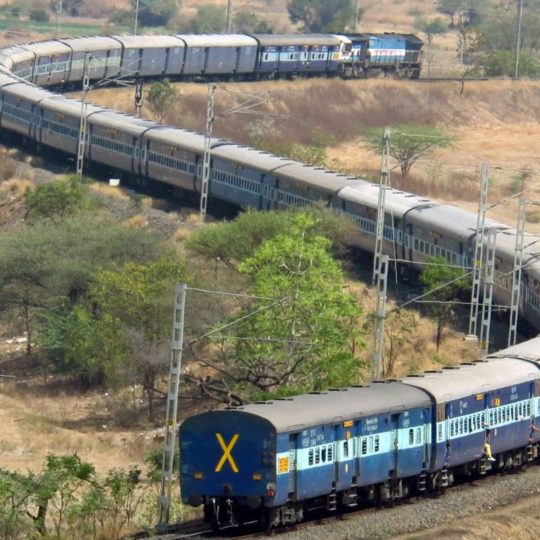
Recent Comments